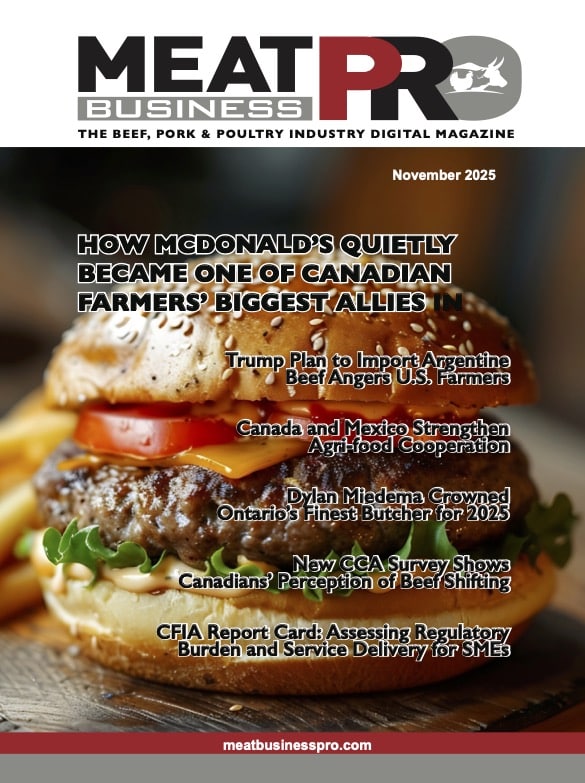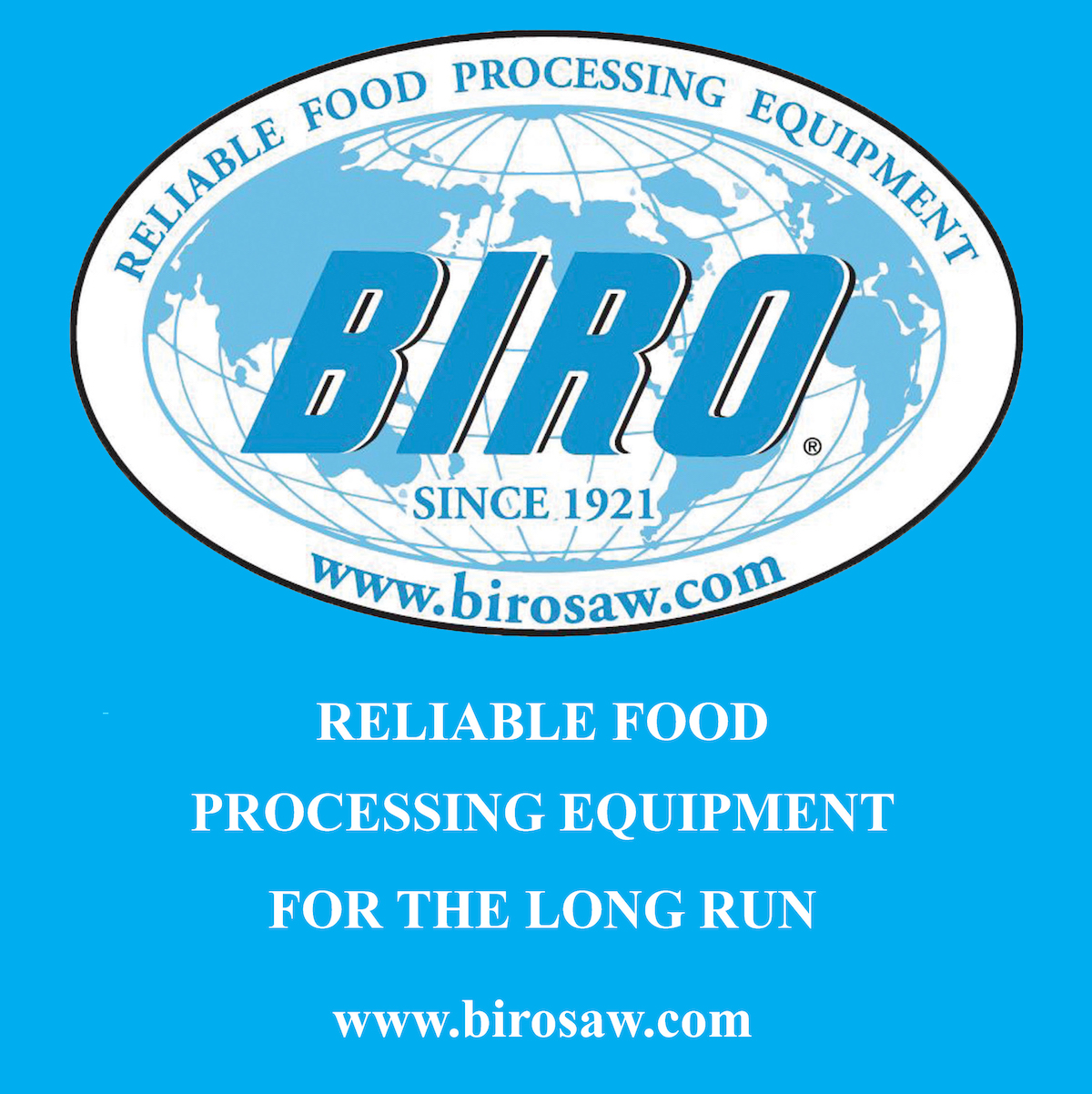CFIB: Will Ottawa Finally Clear the Table for Domestic Food Trade?

What’s stopping meat produced, inspected, and sold in Alberta from landing on grocery shelves in Saskatchewan?
A tangled maze of internal trade barriers filled with excessive fees, complex paperwork, and regulatory inconsistencies that most small business owners don’t have the time or resources to navigate.
For decades, these interprovincial trade barriers have complicated and discouraged the free flow of goods across Canada.
The result? Reduced market access, higher costs for businesses and consumers, and slower economic growth at a time when we can’t afford to leave value on the table. Estimates from 2022 suggest that removing these barriers could boost Canada’s economy by up to $200 billion annually.
Small Canadian agri-businesses are ready to unlock these benefits: 9 in 10 want governments to act faster in following through on their commitments to improve interprovincial trade. According to data from the Canadian Federation of Independent Business (CFIB), more than half (67%) say that doing so would create new opportunities for their businesses.
Source: CFIB, April Your Voice Survey ‐ April 10‐24, 2025, based on 104 responses. Final results.
That’s why the CFIB is pleased to see that internal trade is finally getting the attention it has desperately needed. With a growing number of legislative changes at the federal and provincial levels, we are at a major turning point. However, much authority stills rests with regulatory bodies such as the Canadian Food Inspection Agency (CFIA), which has shown limited willingness to recognize different jurisdictional standards. While the government has committed to better aligning CFIA regulations with the realities of the agricultural sector, substantive political will is needed to meaningfully break down internal agri-food trade barriers.
Currently, food products must be federally inspected and licensed to be sold across provincial or territorial borders — even if they’ve already been approved by a provincial or territorial food safety authority. Picture this: you’re a farmer in the Gatineau region and cannot cross the bridge to sell your product in an Ottawa farmer’s market without CFIA approval.
For many small- and medium-sized agri-businesses, accessing federally licensed facilities or achieving federal certification independently is out of reach. The process is prohibitively expensive, complex, and burdensome. CFIB members in the food and beverage processing industry have described CFIA regulations as “nebulous” and “difficult to interpret,” with one Alberta-based processor sharing that “It requires a full-time person dedicated to reading and implementing CFIA and Health Canada regulations.” One member from Ontario stated: “It’s good to know that Canada takes food safety seriously, but there must be a balance between safety and the realities of doing business.”
The logic is simple: if a product is good enough to be sold and consumed in one part of Canada, it should be good enough for the rest of the country. Nearly 90% of small agri-businesses support the mutual recognition of food safety standards, which would allow provincially or territorially inspected products to be sold nationwide without needing additional inspection and certification.
Recognizing this widespread support, this year’s Interprovincial Cooperation Report Card — a CFIB tool for tracking progress on internal trade — includes a bonus indicator for the federal government that focuses on progress towards mutual recognition of agricultural and agri‐food products. If the federal government implements mutual recognition for agri-food products, it will earn an automatic “A” grade in future CFIB report cards.
Source: Interprovincial Cooperation Report Card. Canadian Federation of Independent Business, 2025.
CFIB urges all governments and agencies to continue eliminating regulatory roadblocks, helping businesses expand into new markets while maintaining strong food safety protections for Canadians. If governments are serious about creating one Canadian economy and supporting the farmers, ranchers, and processors that feed our country, real change must be on the menu.
Béatrice Moen is a Bilingual Public Policy and Advocacy Intern for the Canadian Federation of Independent Business (CFIB).












